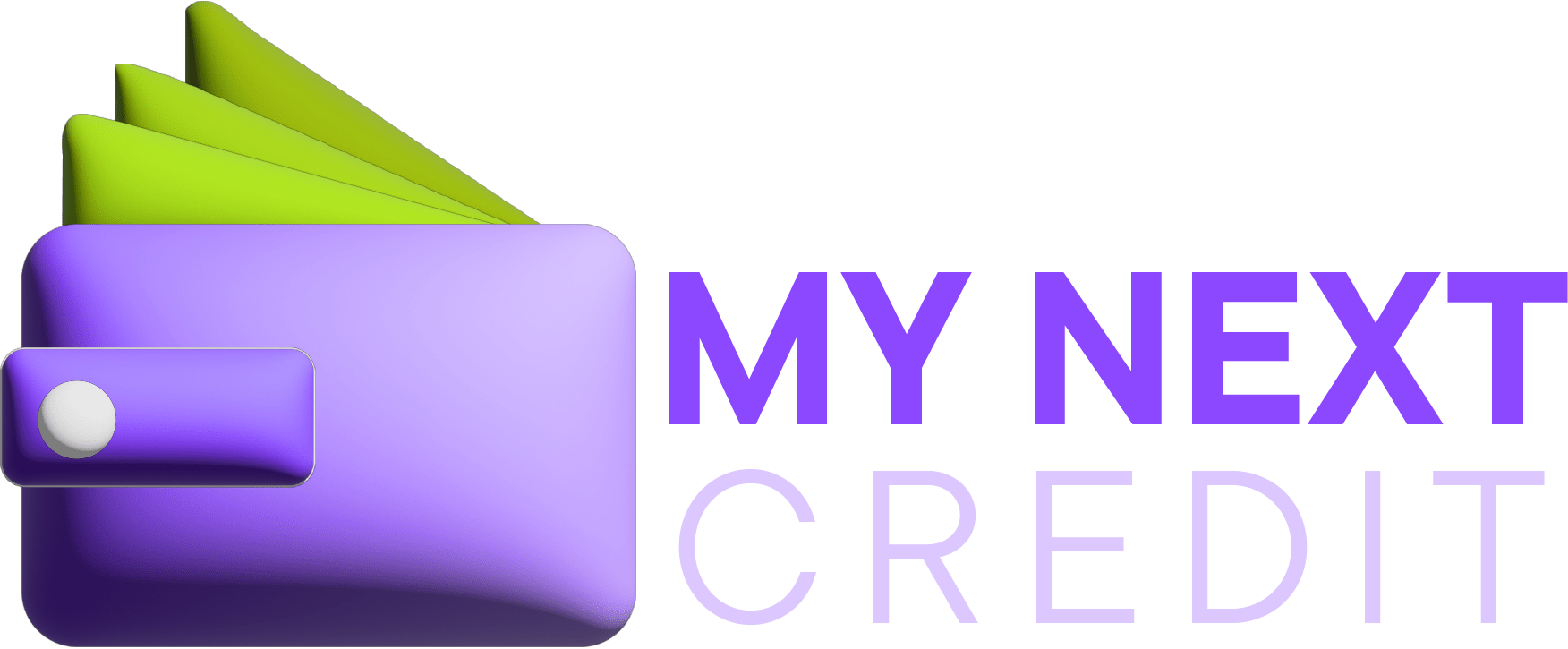In recent years, financial education has moved from being an optional subject to a growing priority in the U.S. education system. Rising student debt, the complexity of credit, and the challenges of managing personal budgets have highlighted the need for financial literacy at an early age. As a result, schools across the country are incorporating courses that teach students about money management, credit, and long-term planning.
The aim of this article is to examine how financial education is gaining space in American schools, why it matters, and how it is being implemented. We will explore the benefits for students, the challenges schools face in adopting these programs, and the potential impact on the next generation of workers and consumers.
Why financial literacy matters

Personal finance is one of the most important life skills, yet it has historically been overlooked in schools. Without proper guidance, young adults often enter the workforce unprepared to handle credit cards, student loans, or budgeting. This lack of preparation has long-term consequences, contributing to rising debt levels and financial insecurity.
Studies indicate that students exposed to financial literacy education are more likely to save money, avoid high-interest debt, and plan for retirement earlier. Beyond personal benefits, financially literate citizens contribute to stronger economies by reducing default rates and promoting more responsible consumption.
Examples of school initiatives
Several states have already introduced mandatory financial literacy courses at the high school level. These programs cover budgeting, saving, investing, credit management, and even taxes. For instance, some districts partner with financial institutions to provide interactive workshops and real-world simulations, such as managing a mock budget or planning a household’s monthly expenses.
Other schools integrate financial literacy into existing subjects like math or social studies, showing students how financial concepts apply to real-world scenarios. Digital tools and apps are also increasingly used, giving students the opportunity to practice managing money in virtual environments.
Challenges in implementation
Despite progress, implementing financial education nationwide faces obstacles. One major challenge is the lack of standardized curriculum—what students learn can vary significantly from state to state. Some schools may focus heavily on budgeting, while others prioritize credit or investing. Teacher preparedness is another hurdle, as not all educators feel equipped to teach financial topics.
Funding constraints also play a role. Many schools struggle to allocate resources for new courses, especially when balancing core subjects like math, science, and literacy. Critics argue that financial education should be integrated without reducing focus on other essential areas. Despite these challenges, the growing demand from parents, policymakers, and students themselves is pushing schools to find creative solutions.
The long-term impact
The inclusion of financial education in schools has the potential to transform future generations. Students who learn about credit, savings, and investments early are better positioned to make informed decisions in adulthood. Over time, this could reduce reliance on high-interest debt, increase financial independence, and create a more resilient workforce.
On a larger scale, widespread financial literacy can contribute to economic stability by fostering healthier borrowing and saving patterns. It prepares citizens to navigate challenges like inflation, housing costs, and retirement planning with greater confidence.
Preparing students for financial independence
The integration of financial education into American schools is a response to pressing economic realities. By equipping students with essential money management skills, schools are preparing them for the challenges of adulthood and strengthening the financial foundation of the country.
Though challenges remain, the momentum behind this movement continues to grow. For today’s students, these lessons will serve as lifelong tools, shaping smarter financial behaviors and promoting greater stability in their personal and professional lives.
